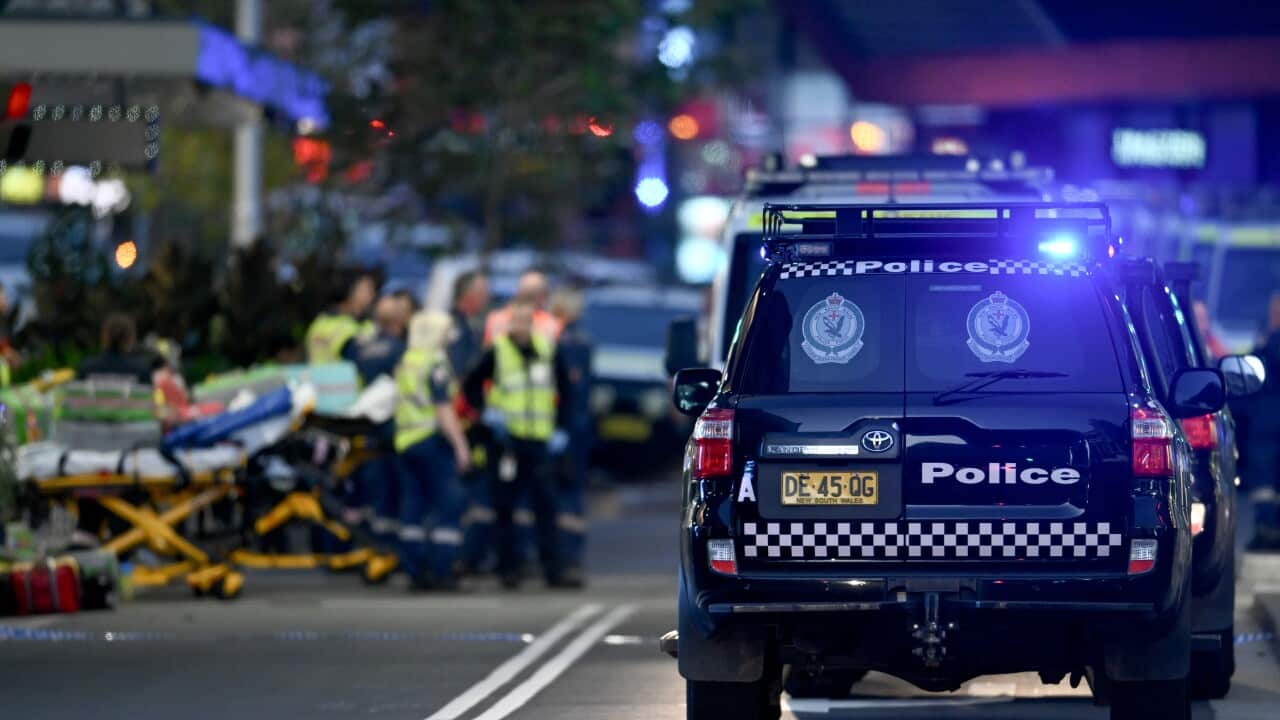There were 22.5 million refugees around the world at the end of 2016, the highest number to date, according to the UNHCR Global Trends report released on Monday.
They comprise about one third of a record 65.6 million displaced population.
And nearly two thirds of that total, or 40.3 million, are refugees in their own country. That's nearly double the population of Australia.
Colombia had the largest number of internally displaced in 2016, at 7.4 million - a number that has grown since the government began keeping records in 1985.
Syria had the second-largest internally displaced population at about 6.3 million. While the figure is down by 300,000 from 2015, it remains the largest displacement crises since World War Two, to the Internal Displacement Monitoring Centre (IDMC).
Of those, people are displaced multiple times, says Paul White, an Australian lawyer who last year was based in Amman in Jordan and travelled to Syria's Damascus to assess the needs of internally displaced people with the UN.
"We estimate that there are over six million internally displaced people, many who have been displaced many times," he told SBS World News.
People flee sometimes up to 25 times within their own borders, usually because of shifting front lines and the eradication of basic services, the IDMC records.
Mr White explains: "Those who face multiple displacement get poorer and weaker every time they are displaced because they are further away from their family and other support networks, and are sometimes forced to make alliances with people they would prefer not to be associated with.”
He says women, children and the elderly who are displaced are particularly at risk "because of restrictions on their capacity to move".
Protecting civilians
In 1998, the UN formed for governments, which includes guidance on how to protect the rights of people who become displaced because of conflict.
Professor Jane McAdam, director of the Andrew & Renata Kaldor Centre for International Refugee Law at UNSW Law School, says such an instrument is important because it helps governments uphold their responsibility "in ensuring that people's lives, safety and other rights are protected."
"We do need to think about how people displaced within their own countries are protected because there's a chance that if protection there is lacking, sometimes people will move on and cross borders," she says.
"And then the international community has a responsibility to step up and protect people in that situation."
Professor McAdam says some regions have made more effort than others to uphold the guiding principles, such as the African Union.
The Kampala Convention, formally known as the African Union Convention for the Protection and Assistance of Internally Displaced Persons in Africa, came in to force in 2012.
While she notes governments don't always adhere to the convention, the instrument legally binds governments to protect the rights of people forced to flee their homes because of conflicts, abuse and disasters.
'Principles not respected in Syria'
Mr White is concerned that "the rule of law has broken down and so the principles are not respected" in Syria.
"Some civilians have been directly targeted so concerns are firstly for their physical safety, especially if they are prevented by the belligerents from fleeing conflict or besieged areas."
In some areas arbitrary executions, kidnappings, torture, detention and forced recruitment, including of children occurred to prevent people leaving an area, he says.
"The humanitarian community would like to see parties to the conflict respect the right of civilians to freedom of movement when they wish to flee the conflict.
"Some areas in Syria need to be demilitarised and respected as safe zones for civilians where humanitarian workers have full access as some people are too poor or too sick or too afraid to travel long distances and can’t leave their country.”

UNHCR Source: UNHCR
Internal displacement 'not new'
The impacts of internal displacement are severe, says Professor Joy Damousi, who specialises in war and history at the University of Melbourne.
"Apart from loss of human rights, [there's a] lack of any freedoms at all," she told SBS World News.
There are also a great number of material implications such as disease, dislocation, and lack of educational and health services, she adds.
And the psychological trauma is immense, taking generations to heal as memories are passed down through families.
Professor Damousi notes large numbers of internally displaced people because of conflict is "not new", citing the world wars of the 20th century. But says the latest figures "may shock" because we hoped we had learned from the past.
"In the 21st Century, we are horrified to see these statistics because we think these times have gone, we think we're past that... but it's still going on."
Despite setting up the UN after World War II to prevent another such conflict from occurring, and uphold peace and order, "time and time again we see those same violations," she says.
Key points
- There were 65.6 million people displaced by conflict by the end of 2016. During the year, 10.3 million had become newly displaced or 20 new displacements every minute.
- The global refugee population was at 22.5 million, a seven per cent increase from 2015. About 17.2 million were under UNHCR's mandate and 5.3 million Palestinian refugees under UNRWA's mandate. Overall, the refugee population under UNHCR's mandate had increased by abut 65 per cent over five years.
- Children below the age of 18 comprise 51 per cent of the refugee population during 2016.
- 40.3 million people were internally displaced because of conflict, down slightly from 2015 at 40.8 million.
- UNHCR recorded 2.8 million asylum seekers at the end of 2016, down from 3.2 million - the largest number of asylum seekers UNHCR recorded - in 2015.
- Developing countries hosted 84 per cent or about 14.5 million of the world's refugees.
- About 10 million people were classified as stateless by the UNHCR.










